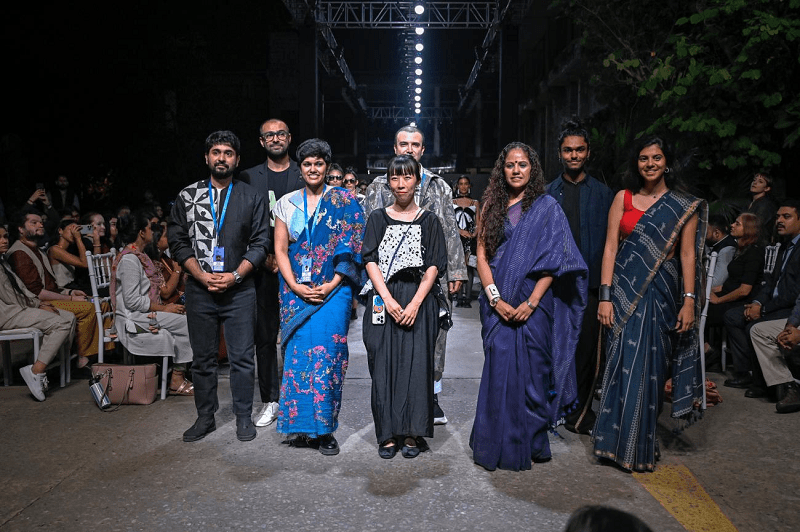In Short : The Circular Design Challenge in India is a remarkable initiative that promotes sustainability in the fashion industry. By encouraging designers to adopt circular and eco-friendly practices, this challenge is driving positive change and raising awareness about the importance of sustainable fashion.
In Detail : CDC is India’s largest award for sustainable fashion, a platform for designers who embrace circularity as a key design principle.
The designer sunglasses look innocuous enough, easy to imagine being worn by fashionistas in Delhi’s upscale Khan Market. But as Anish Malpani, the founder of Ashaya, the social enterprise behind the glasses, explains, the manufacture of these sunglasses saves tonnes of multi-layered plastics from ending up in landfills.
That’s because these sunglasses are made of recycled materials extracted from the plastic in chip packets.
Ashaya won the fifth annual Circular Design Challenge (CDC), an initiative of R|Elan, a textile innovation brand under Reliance Industries Limited, in partnership with the United Nations in India, Lakmé Fashion Week, and the Fashion Design Council of India (FDCI).
By winning Anish received funding worth 15 lakh rupees, a trophy, a six-month mentorship and a stand-alone showcase at Lakmé Fashion Week in partnership with FDCI in March next year.
“The heart of what we do is circular,” Anish told the media later. “We’re focused on using waste and increasing the value of that waste. Design comes later and is only a tool for us.”
CDC is India’s largest award for sustainable fashion, a platform for designers who embrace circularity as a key design principle. Ashaya and five other finalists showcased designs rooted in circularity, the elimination of waste, recycled materials, and the regeneration of nature to reduce the environmental and social costs of the textile and fashion industries.
The need for transformative change in the industry is clear. Today, it is responsible for up to 8% of global greenhouse gas emissions, or more than the aviation and shipping industries combined, and consumes around 4% of global fresh water, often in water-parched places. And while emissions must fall by 7.6% every year from 2020 to meet global commitments to avoid the worst impacts of climate change, emissions from the fashion industry are still increasing by 2.7% every year.
Much of this pollution is driven by unsustainable production and consumption habits. Across the world, people are buying 60% more clothes and wearing them for half as long. And over the last 15 years, fashion consumption has more than doubled, while the number of times a garment is worn before being discarded has decreased by 36%. Garments are increasingly made from synthetic fibres, which are filling the world’s oceans with microplastics.

